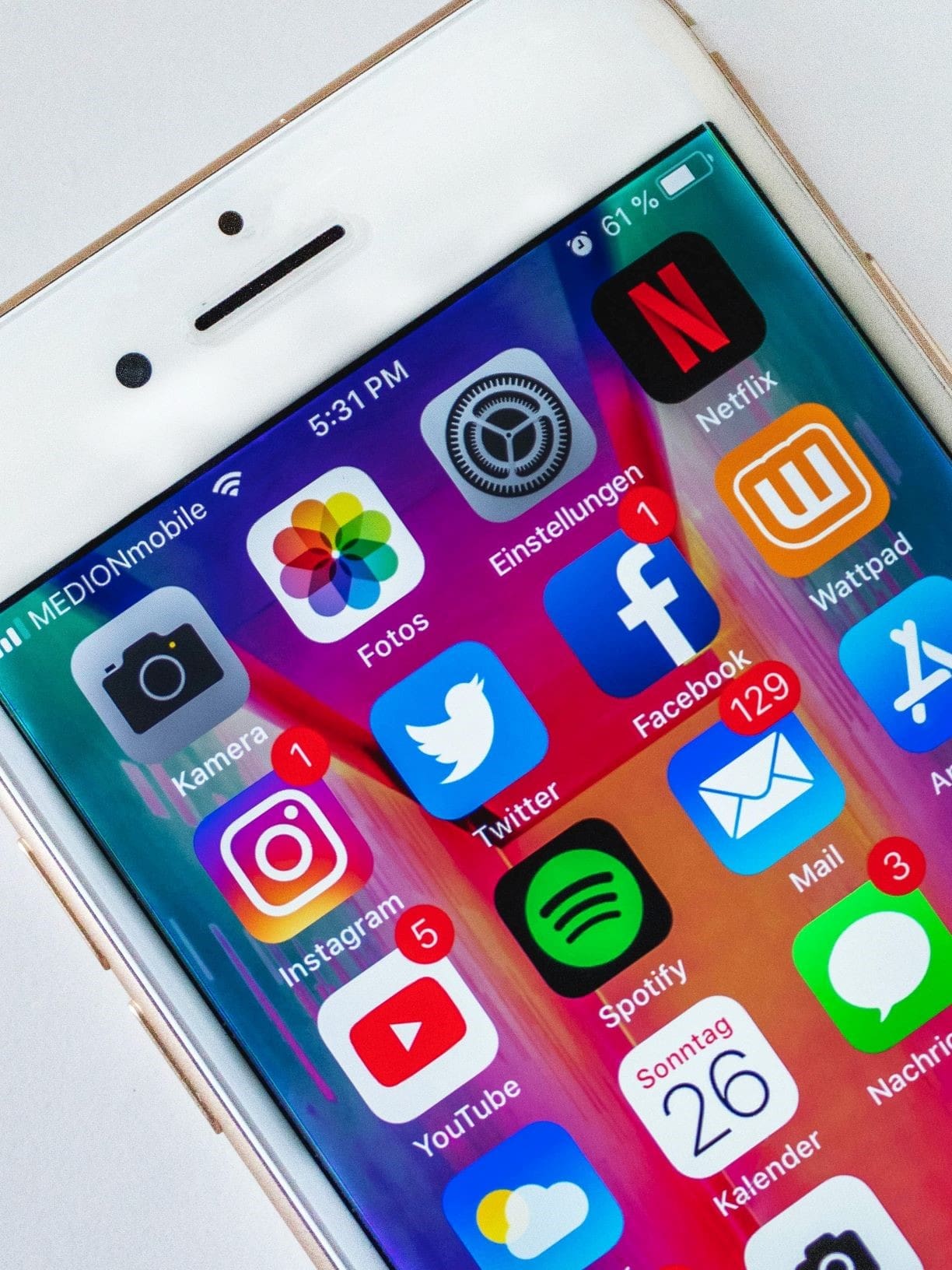By Molly Townley.
The marketing landscape has been in a constant state of change for decades – from print ads and billboards to radio, television, and then moving online to digital marketing. It seemed like all there was to say had already been said, and then – social media popped up on the scene.
It didn’t take long for marketers to realize its huge potential. These platforms reached millions, and connected everyone to…well, everyone. Anything you had to say was visible, available, accessible, and sharable to everyone else in a matter of seconds. Then came the true marketing revolution.
Here are 5 ways social media changed marketing forever.
- A wider reach than ever before
There are 3.8 billion users on social media, according to recent statistics. That means 3.8 billion people that one can potentially reach through social media marketing.
Never before have brands been able to capture an audience this size, or their audience’s attention for as long as they can now. Marketing used to be limited to opportunities for it – ads in a magazine, on a billboard, on TV, in-person sales pitches – and the limited amount of customers were exposed to it sporadically, only under certain circumstances.
Nowadays, social media practically allows for non-stop marketing, all day, all the time. According to statistics, people spend, on average, just over 2 hours on social media every single day. That’s 2 full hours that marketers have a user’s attention throughout the day. Imagine how many TV ads a viewer would have to watch to achieve the same kind of impact.
The marketing never stops because it’s always there, with every use, and regardless of platform. Whether it’s a post on Facebook, an image on Instagram, or video ads on YouTube, marketers can reach their huge audience at any point, and on any platform.
- Unique opportunities for engagement
The most effective way to get someone’s attention and create an emotional response to your brand is to engage with your audience. Since the advent of social media, it’s easier than ever before to connect with customers and followers.
The more you engage with your audience, the more you can grow user engagement on your page. That is going to achieve a couple of things. First, it establishes a degree of relatability that people enjoy in a brand. It allows them to form an emotional connection to a company and its marketing, which in turn, creates brand loyalty.
Second, it helps tremendously with “shareability” – i.e. how likely people are to share your content with others. When you’re responsive, insightful, witty, creative – that gets people’s interest, they appreciate it, and they share it. That increases your audience and your reach.
- The ability to target specific audiences
In the past, targeting audiences was still possible, but more limiting. Ad placement during certain TV programs and movies was – and still is – common, to capture the attention of certain audiences. Say, running ads for beer during the Superbowl, or pantyhose during daytime soaps.
Social media helps make this type of specific targeting easier, more precise, and more sophisticated. It’s possible to target specific demographics according to the platform they’re active on, the groups they’re part of or even the hashtags they post in.
A company will know that if they are targeting Boomers, they need to place on Facebook, if they want Millennials, they go to Instagram, and they use Snapchat or TikTok to capture the attention of Gen Z. They can even access interest-specific groups, like wedding groups on Facebook, in order to address users directly.
- Seamless marketing
And speaking of non-stop, very precise marketing, marketing on social media also enables one to do so in a very seamless way.
- Ads
Traditional ads are still present on social media, but they’re integrated into the user interface in such a manner that they look like regular posts. You can pay for actual ads, but there are other, more subtle ways to market, as well.
- Posts
You can also make your own social media posts marketing your product or service. The bigger your audience and your reach are, the more users will be exposed to your messaging.
- Influencer posts
Otherwise, you can take advantage of so-called “influencers”. Over the last decade or so, marketing has transformed thanks to the rise of influencers.
They are an exceptional marketing opportunity because the content they produce is not an overt ad. It’s framed as a review or opinion coming from real people that used the products or services and are offering their genuine opinions and experiences.
To gain exposure, a brand may send PR samples for consideration. Or they may pay for a sponsorship. Influencers have large followings of loyal, trusting users, so exposure on a platform like this can be very valuable and lucrative.
- More effective tracking
Marketing online and via social media also has invaluable advantages when it comes to tracking and measuring effectiveness. You are likely to see the effects in real-time, by taking a look at the interest and engagement you get on a post, as well as receiving and listening to customer feedback.
You can also track what is being said about your brand specifically, to gain awareness of audience opinions and interests. Following and tracking data this way is called social listening, and it enables you to pay attention to what audiences – and competitors! – are saying and incorporate it into your marketing to increase effectiveness.
In addition, you can plan posts according to what is likely to get maximum engagement and conversions, based on the data you’ve been able to collect, either actively or passively.
Tracking clicks, conversions, and revenue on social media is much easier than with traditional marketing avenues, such as billboards or print ads. You can use tracking software for a detailed breakdown of who is exposed to your marketing, for how long, or how effective your campaign is, and adjust your marketing efforts accordingly.
Final thoughts
Social media took the world by storm in a million ways and changed the way we socialize, and the way we market. Marketing has been made easier, quicker, more effective, more precise – and its full potential has not yet been reached.
Both social media and marketing are constantly changing. Every new platform or feature brings innovation and new opportunities for marketers to leverage and create clever, inspiring, effective campaigns. You have to keep up to stay relevant and retain the valuable attention of your audience.
By Molly Townley.
(email: [email protected])





